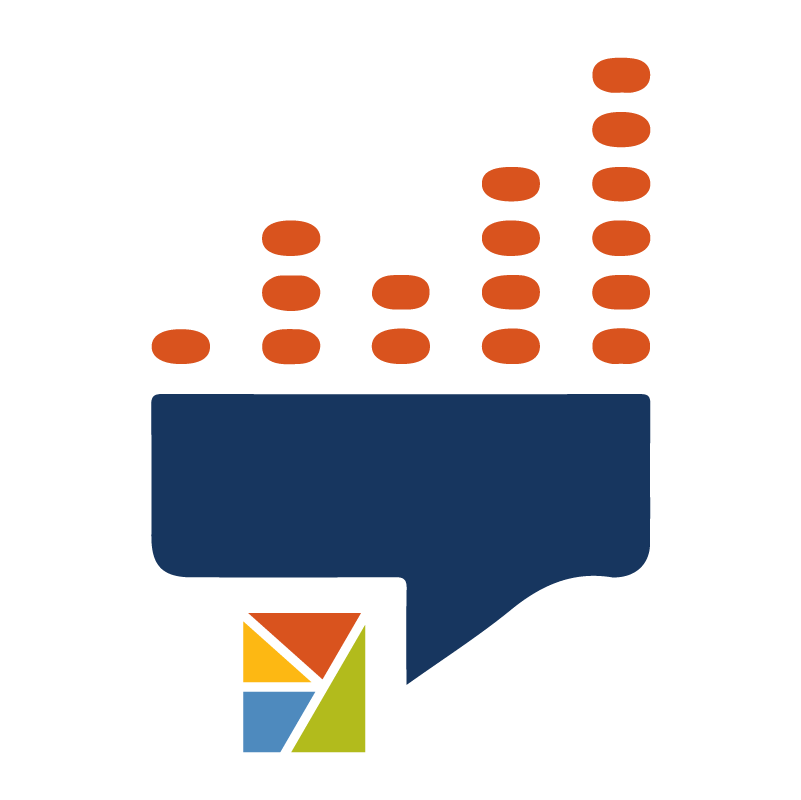
Bias Check
Where to begin? First, identify where YOU are coming from.
A community engagement approach to journalism requires you first take a critical dive into your current work, personal biases and coverage decisions.
We all have biases. That’s natural, because we’re all influenced by our experiences. So before you begin this community engagement journey, acknowledge your biases and don’t even think about stories (yet).
Take time to understand your own perspective.
Take time to understand what white privilege means.
Know your blindspots and develop systems to help recognize and counter them.
There is a lot more to read and learn on this topic. If you want to dive in, check out our Ultimate Community Engagement Journalism Reading List.
We all have biases (yes, even journalists), and that’s ok! The more you recognize where your biases are, the better you can address them — personally and professionally. In journalism, bias shows up in the types of voices we bring to shows, the communities we cover, the topics chosen or types of questions we ask. When it comes to being more inclusive in journalism, these tools and trainings (in addition to the source audit) can help improve your coverage.
Here are a few ways to start:
Check out the resources at Public Media for All, a diverse coalition of public media workers, led by people of color, raising awareness of the negative effects of a lack of diversity, equity and inclusion in public media, and sharing solutions for individuals and institutions.
Use this guide for your newsroom to explore and respect Dimensions of Difference among newsroom staff.
Watch a webinar on critiquing content through the lens of race and ethnicity.
Read White Privilege: Unpacking the Invisible Knapsack, a groundbreaking essay from Peggy McIntosh of Wellesley College (republished by The National SEED Project).
Our personal bubbles are where our fault lines are.
These lines include but are not limited to: where we live, our race, our socio-economic status, our age, our abilities, our sexual orientation, our religious beliefs, our political beliefs and our education. Maynard Institute offers valuable training on how to recognize, define and understand these fault lines. It’s about more than seeking diverse perspectives, it’s about understanding how we’re affected by what defines us.
Before you begin engaging with a new community, examine your own assumptions.
Then, as you are engaging, write down what you are learning about who this community is, where they gather, what they read and trust. Compare and check your findings with your assumptions to create a richer, more complex and authentic portrait of the community.





